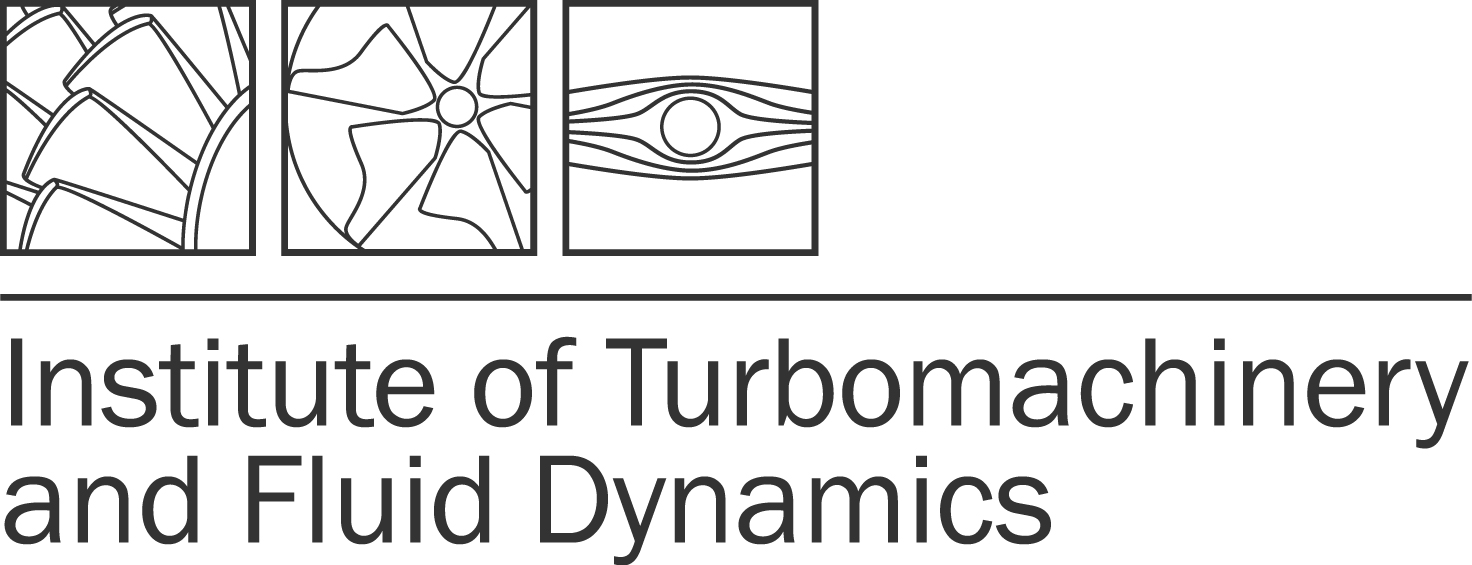Description
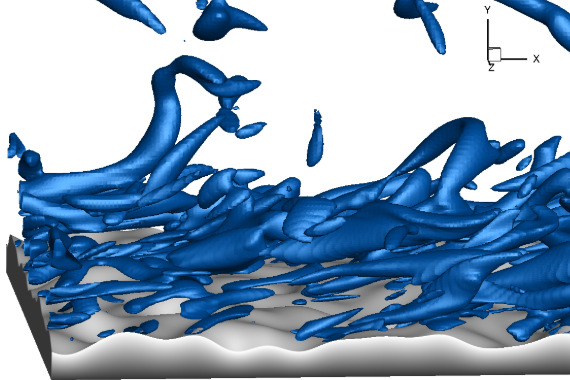


Direct simulation (DNS)
In a DNS, all structures in a flow are calculated spatially and temporally. Due to the small dimensions of turbulent structures in the flow in particular, very fine computational meshes and time steps are required for this. At the TFD, for example, DNS of hydraulically rough isotropic and anisotropic roughnesses are calculated in order to develop corresponding roughness models for the operational wear of aircraft engine blades. The modeling is carried out using analytical and AI-based approaches.



Large-Eddy Simulation (LES)
With LES, the smallest turbulent structures in the flow are approximated by models. As a result, LES is more cost-effective than DNS and can also be realized for complex cascades with side walls and also for multi-stage turbines and compressors using numerical methods with a higher order of accuracy. LES is therefore primarily used for the simulation of turbine and compressor cascades to support modeling.



Turbulent inlet boundary conditions
A prerequisite for DNS and LES of technically relevant flows is the specification of turbulence at the inlet of the computational domain. Synthetic vortex methods are developed at the TFD for this purpose. By combining this with a wake boundary condition, numerically efficient LES of stages can be carried out in order to obtain a basis for modeling the wake-induced transition in turbines and compressors.
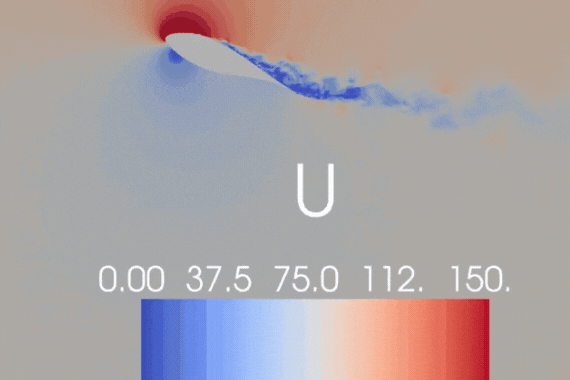


Hybrid RANS-LES methods
Hybrid RANS-LES methods combine the accuracy of LES with the low numerical resource requirements of RANS. LES is to be used in areas where RANS is knowingly too inaccurate. The TFD uses hybrid RANS-LES methods, e.g. for the simulation of dynamic flow separation on wind turbines. We are also working on approaches for local switching between RANS and LES methods.
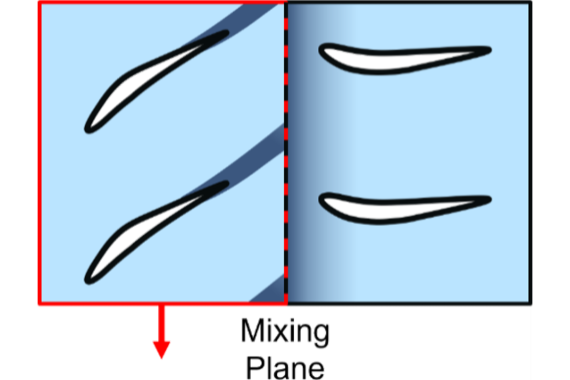


RANS turbulence and transition modeling
RANS is the industry standard for simulating complex flows in technical applications. The influence of turbulence on the flow is fully approximated by models. We validate turbulence and transition models with the help of experimental data and DNS/LES. If necessary, we develop improved model approaches on the same basis. We are a strategic partner of MTU Aero Engines for the quality assurance of the two-equation turbulence models in the flow solver TRACE, which is being developed in cooperation with the German Aerospace Center (DLR) and MTU Aero Engines AG.
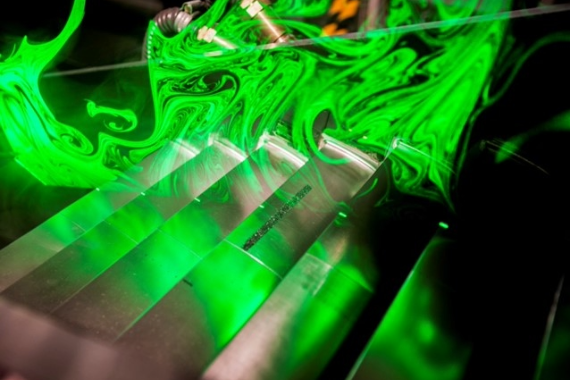


Experimental validation
The MTS Group operates a water channel that is used in particular for the development of roughness models. Due to the higher density of water with the same Reynolds number, roughness of a few micrometres can be geometrically scaled up to a few millimetres and examined using optical measurement methods. The MTS Group also measures linear turbines and compressor profiles with and without roughness in a lattice wind tunnel. Together with DNS and LES, both test benches are used to validate and develop roughness models.
Group management
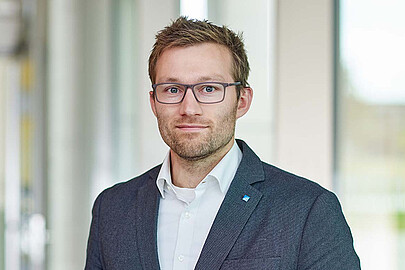
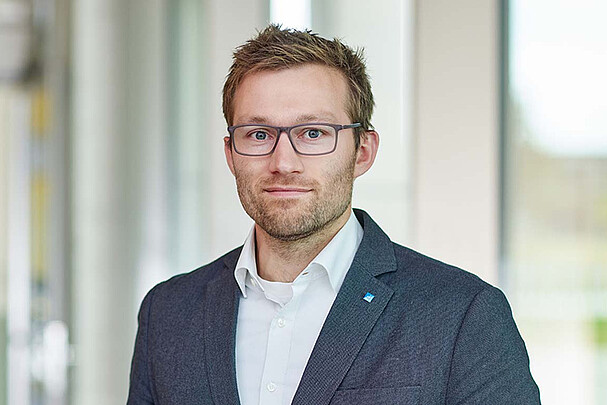
30823 Garbsen


